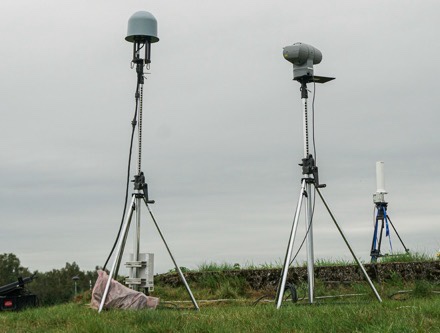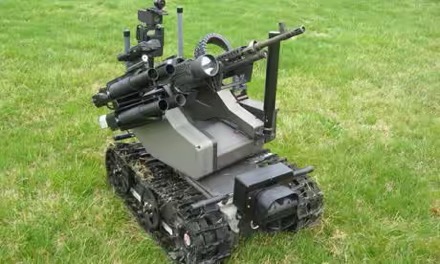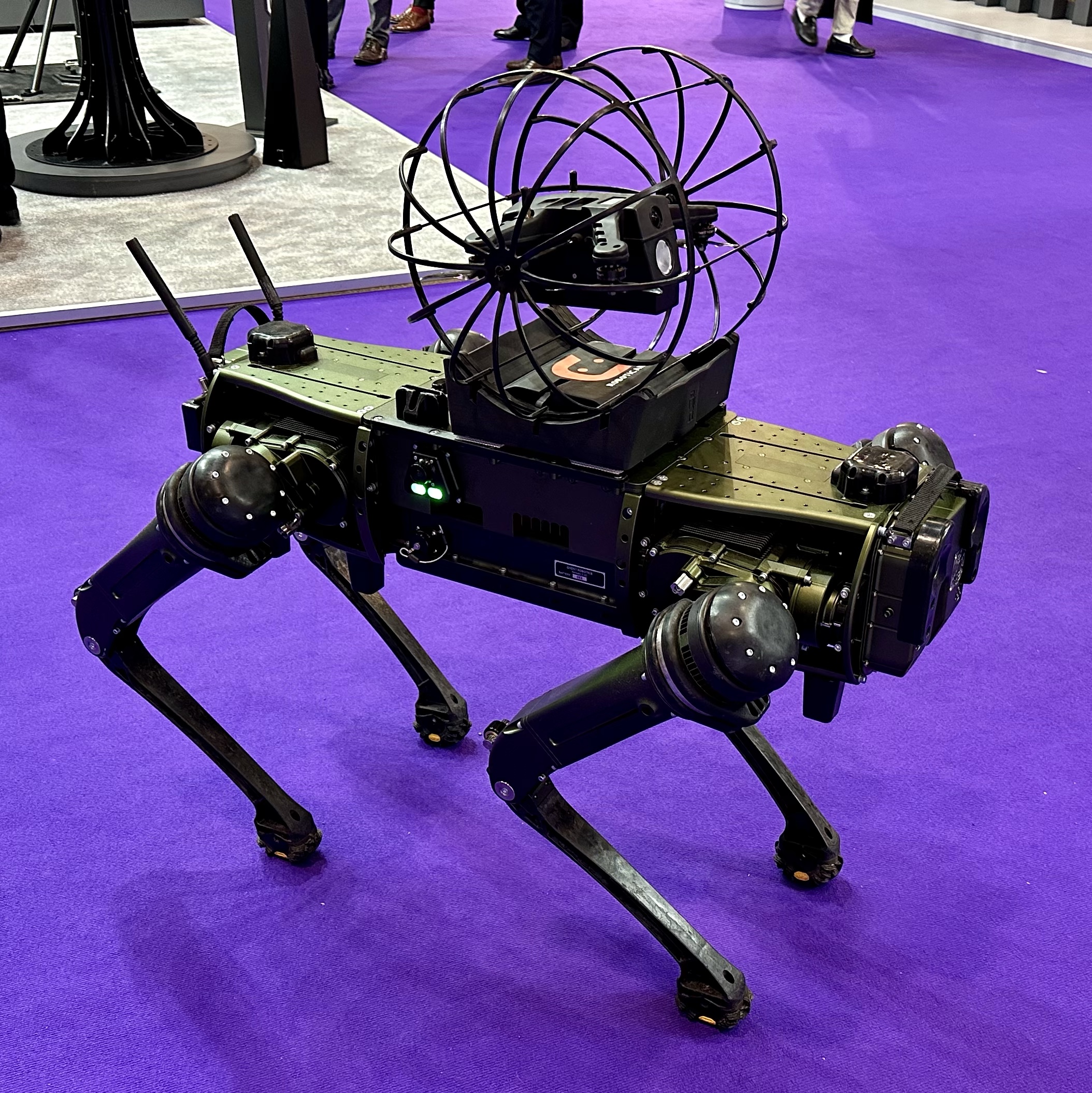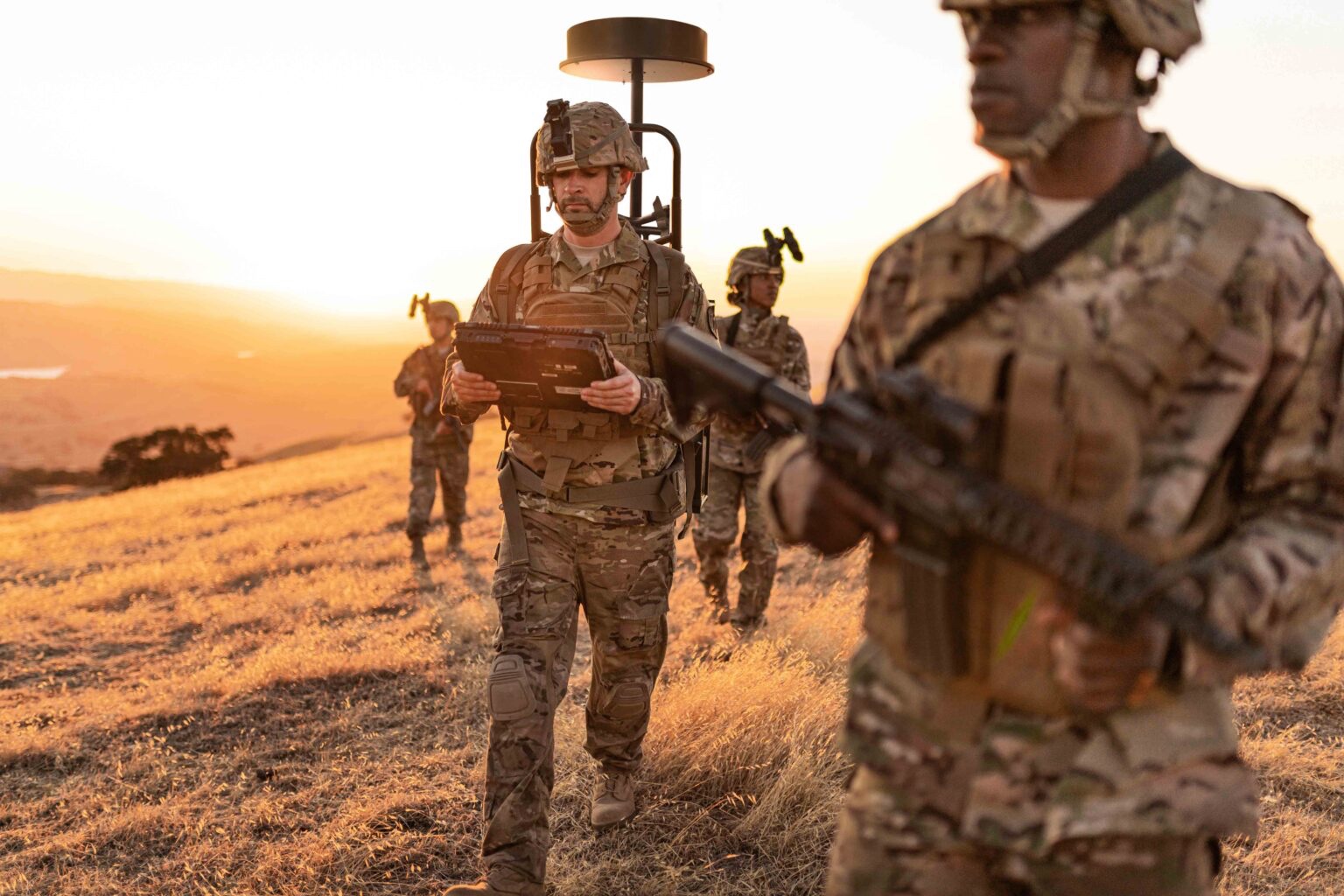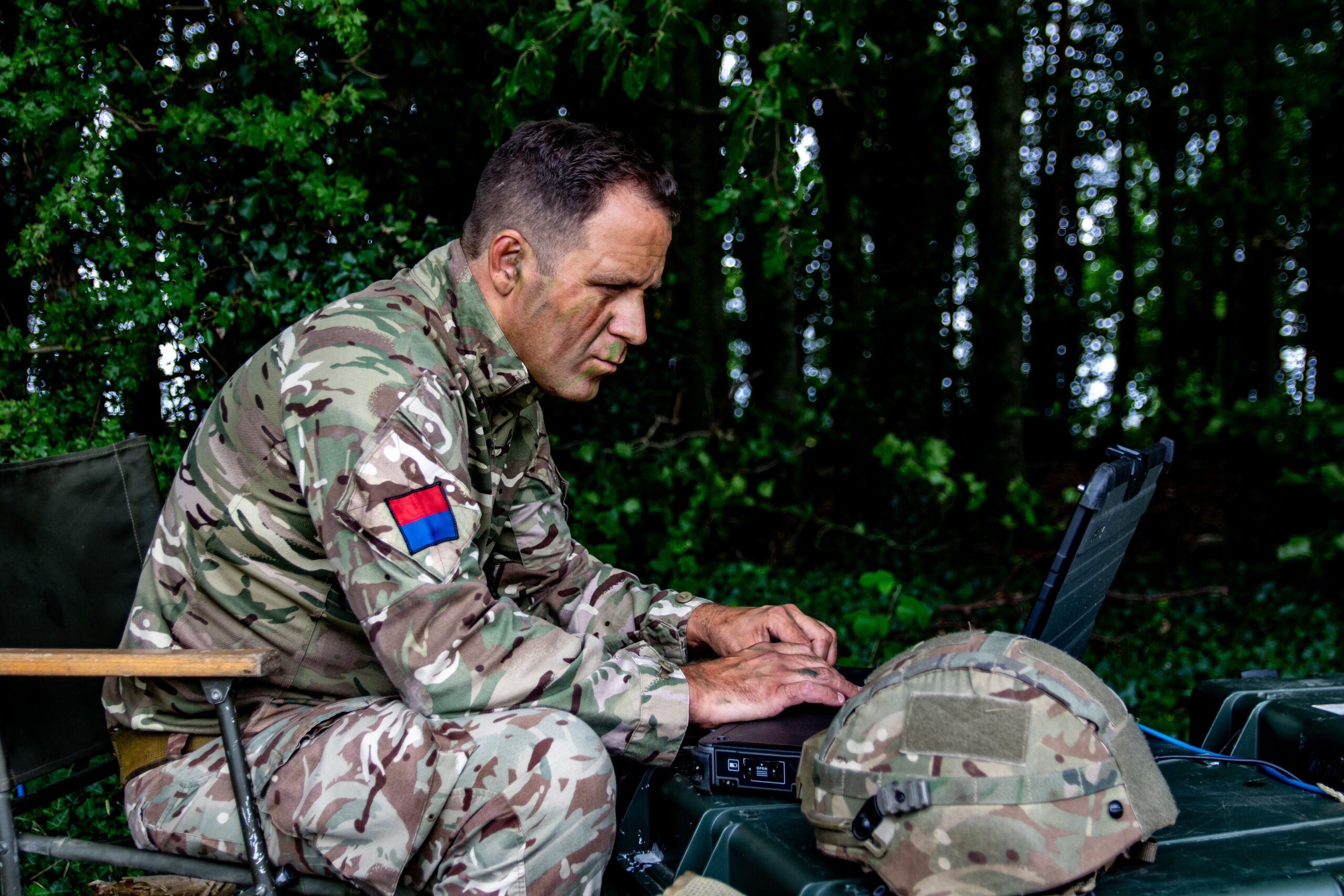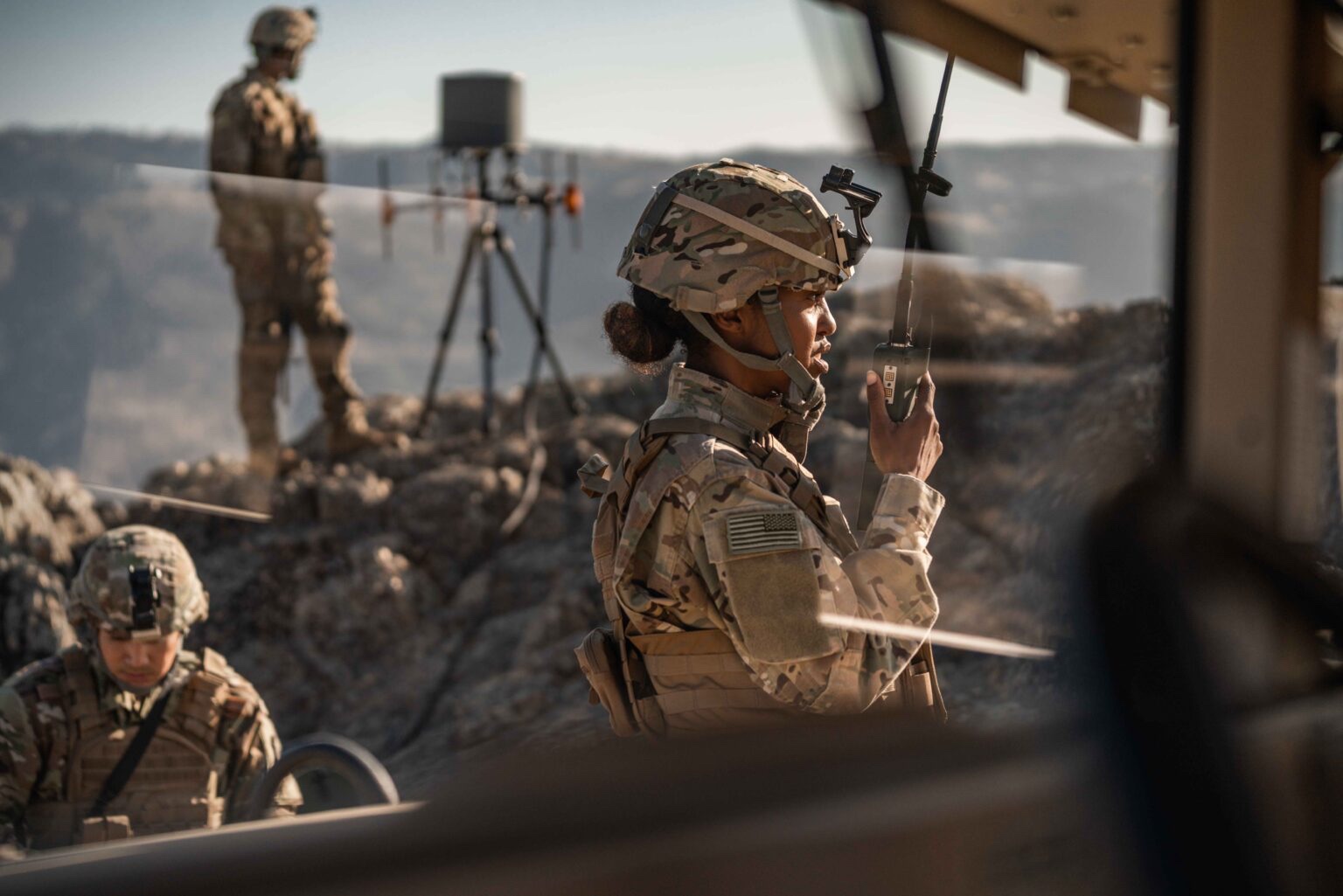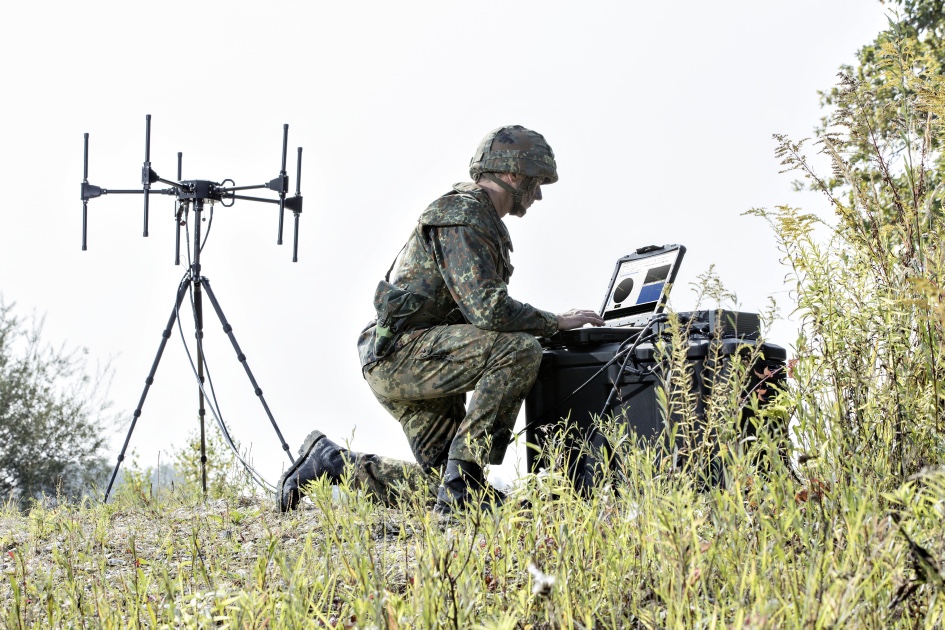WASHINGTON (AFNS) —
The Department of the Air Force will conduct its next “BRAVO” hackathon March 20 – 24, 2023, this time at Hurlburt Field, Florida.

Any American citizen may apply, regardless of whether they currently work for the Department of the Air Force. Applicants are required to apply online here. Applicants should apply by Feb. 15.
Attendees are not required to hold a security clearance. However, certain spaces, use cases, and datasets may require a U.S. secret security clearance or higher. Organizers may request additional information for clearances that applicants possess. Applicants may apply as an employee for the U.S. government, a U.S. government contractor, or a U.S. citizen either affiliated or unaffiliated with a company.
A hackathon is an innovation event commonly employed by technology companies in which teams develop prototypes working around the clock in response to enterprise challenges associated with data. Prior BRAVO projects have produced multiple prototypes and inventions influencing major Defense Department programs.
Federal government employees and federal contractors representing federal organizations are encouraged to share sponsoring use cases, data, or infrastructure relevant to the primary mission of the Department of Defense for use at this event by contacting SAF.CN.BRAVO@us.af.mil.
“Across the previous hackathons, we have honed methods to build and fight with classified and protected data of increasingly larger size and varied origin,” said Stuart Wagner, chief digital transformation officer for the U.S. Department of the Air Force and hackathon organizer. “Hurlburt Field will prototype joint use cases, data and software infrastructures from combatant commands and various military departments.”
In January 2022, the department ran BRAVO 0, its first department-wide classified innovation hackathon with Air Force weapons system data at Nellis Air Force Base, Nevada. BRAVO 1 Canary Release grew the effort when in July 2022, the department ran its second hackathon simultaneously at Joint Base Langley-Eustis, Virginia; Patrick Space Force Base, Florida; and Eglin AFB, Florida, with about 300 hackers.
BRAVO allows participants to rapidly commingle and run open-source software and data otherwise unapproved for production with classified or protected data.
“BRAVO moves from the traditional DoD development model operating at the unclassified level where we push code up to protected environments, to a permissive development model on protected data, which we refer to as ‘Dev High,’” Wagner said. “This enables developers to build weapons’ capabilities and calibrations directly with the data at lower cost compared to traditional prototyping pipelines and at a rate faster than an adversary is likely to build countering capability. This event will test how ‘Dev High’ scales to joint multi-domain use cases.”
Applicants looking to participate may do so in one of three roles. The “Hacker” role is open to all applicants and expects project builders with varying skill sets and experience, including software development, data science, machine learning, design and user interface/user design, data visualization, product management or warfighter subject matter expertise.
The “Subject Matter Expert” role is open only to government and government contractors and supports multiple teams with specific expertise or knowledge about a use case or dataset offered at the event. Any federal organization is eligible to supply a use case or dataset for consideration.
The “Supporter” role is open only to government and government contractors and provides administrative support to the event by running security, facilitating supplies delivery, organizing social events, and facilitating the delivery of science fair materials and attendee check-in.
Organizations providing infrastructure support include the “STITCHES” Warfighter Application Team, the Navy Project Overmatch program, Project Arc, Office of the Secretary of Defense Advana Edge and Air Force Chief Digital and Artificial Intelligence Office. All five U.S. military services and U.S. Special Operations Command provide use cases and data.
The BRAVO hackathon series is named after “Project B,” a 1921 series of joint Army-Navy target exercises based on Army Brig. Gen. Billy Mitchell’s then-controversial claim that bombers sink battleships. Also styled after Project B, BRAVO hackathons are designed to allow government, academia, industry and citizens to test and validate bold ideas using real DoD data, Wagner said.
Story by Secretary of the Air Force Public Affairs
Photo by TSgt Tabatha Arellano
